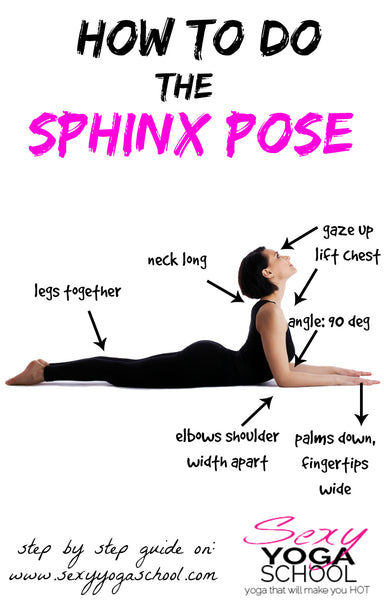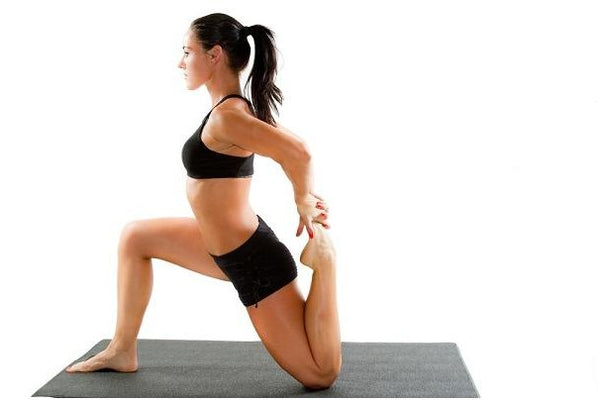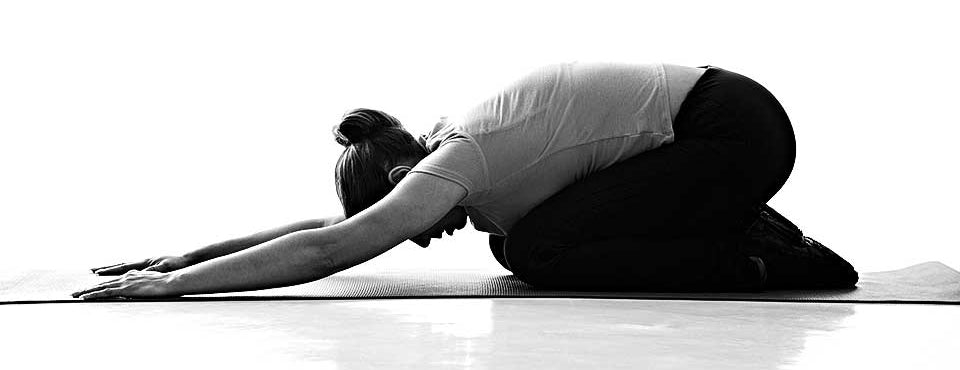Four Easy Stretches to Prevent Equestrian Injury and Improve Your Riding April 29 2015
Why bother?
If you’re like me, you kind of treat stretching like you treat flossing; you only stretch when you’re already injured - just as you only floss after a stern talking-to from your dentist. Either way, it’s too late.
This is as true for equestrians as is it for any other athletes - if you approach stretching just as a way to rehab or prevent injury, you’re missing out on a lot.
Firstly, stretching is a great way to improve your flexibility, and improved flexibility will help you look more natural, relaxed and controlled whenever you ride. But an extra benefit of stretching is that, in improving your range of motion, it’s also a great compliment to any strength training.
Let’s take a look at some stretches to improve flexibility and range of motion, and help prevent injury, in five areas that equestrians consistently put under strain:
- Lower back
- Hip flexors
- Calf and Achilles
- Hamstrings
How do I do it?
Stretch your back by starting with a Child’s Pose. Hold for at least thirty seconds, before moving gently into a Sphinx Pose.

Stretch your hip flexors with a simple kneeling quad stretch. Make sure you keep your hips pushed forward throughout, and for your first few times with this stretch, feel free to adapt it by keeping your back foot on the ground.
Stretch your calf and achilles with a simple wall stretch. Make sure to hold each stretch (forwards and back) for at least 30 seconds.
And finally, stretch your hamstrings by touching your toes (or getting as close as you can). And don't bend your knee!

When should you do it?
Stretching before a workout is like red wine or coffee, in that one day it’s great for you, then next day it’s...not so good. With static stretches like these ones, it's probably best to do them at the end of a strength training session, or on their own.


